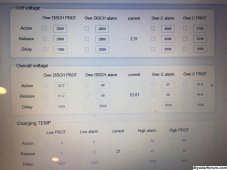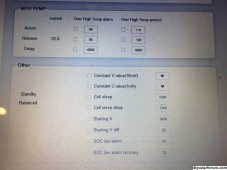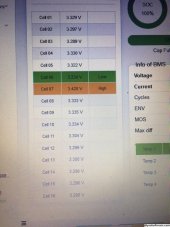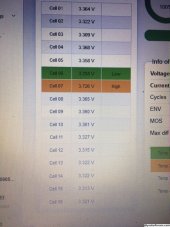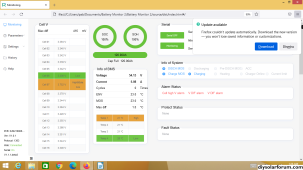400bird
Solar Wizard
What is your over voltage release setting? That's when it will reconnect to allow charging again.
Also, your trying to turn the higher voltage in that one cell into heat. The BMS can probably only do this at 40mA or something tiny. If you can get inside the battery, you can do this manually at higher current.
Also, your trying to turn the higher voltage in that one cell into heat. The BMS can probably only do this at 40mA or something tiny. If you can get inside the battery, you can do this manually at higher current.



